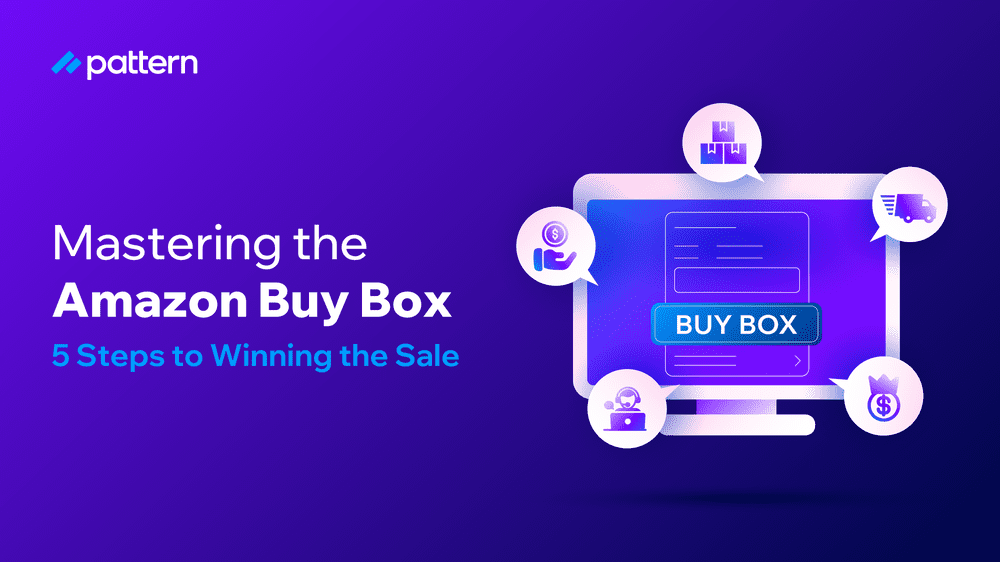The Secret to Brand Profitability: MAP vs. MSRP
Confused about MAP and MSRP? Learn the key differences, how they work together to protect your margins, and why smart brands use both to win in competitive marketplaces.
.avif)
The Secret to Brand Profitability: MAP vs. MSRP
Let’s face it.. Pricing strategies can be a headache. But if you want to protect your brand, stay competitive, and keep your margins strong, understanding how to use both MAP and MSRP is essential.
Let’s break it down: what are MAP and MSRP, and how can they work together to strengthen your brand?
Know the Difference
MAP (Minimum Advertised Price) is the lowest price resellers are allowed to advertise your product for. It’s enforceable and designed to prevent price wars that drag down your brand.
MSRP (Manufacturer’s Suggested Retail Price) is the price you recommend retailers sell your product at. It’s not enforceable, but it sets an anchor that shapes perceived value.
MAP sets the floor. MSRP sets the expectation. Together, they frame how the market sees and values your product.
Keep Margins. Build Value.
These two pricing strategies might seem similar, but they serve different purposes.
Understanding the distinction and how to use both is key to maintaining your brand’s reputation and profitability in competitive online marketplaces.
- MAP Pricing ensures that your products don’t get undervalued, preserving the brand’s perceived worth. It acts as a “price floor” to prevent your products from being sold for too little.
- MSRP sets the standard for what you’d like your product to be priced at, establishing its market value and guiding resellers on the expected pricing range.
While MAP is enforceable, MSRP is simply a suggestion. But together, they give your brand more control over pricing while ensuring your products don’t get devalued by unauthorized sellers.
Map with Meaning
MAP pricing isn’t just about setting a lower price and calling it a day. It’s about strategy.
- Don’t Go Too Low: Setting the MAP too low will just start a race to the bottom. This can lead to what’s known as the “profitability death spiral,” where resellers continuously undercut each other, cutting into your margins.
- Reflect Your Brand Value: The MAP price needs to match your brand’s positioning. If you’re a premium brand, your MAP should reflect that value.
- Enforce Your MAP: It’s not enough to just set the price; you need to actively enforce it across all channels. This means monitoring prices and taking action against violators.
Enforce It the Right Way
One of the most common challenges with MAP pricing is enforcement. But don’t worry, you can do it effectively and legally.
- Monitor Prices Across Channels: By keeping an eye on online marketplaces, you can spot price violations and take action against unauthorized resellers.
- Work With Your Legal Team: Your legal team can help ensure your MAP policy doesn’t cross any antitrust lines. They’ll help you structure the policy so that it’s enforceable but not in violation of any laws.
At Pattern, we provide you with the data you need to identify price fluctuations and identify MAP policy violators. Once Pattern’s software helps you find the MAP violators, you and your legal partners can enforce your policy.
Don’t Overlook MSRP
MSRP is often misunderstood as just a “suggestion,” but it plays an essential role in brand positioning.
- Brand Perception: MSRP reflects how you want your brand to be viewed. A higher MSRP signals premium quality, while a lower MSRP might suggest discount pricing.
- Pricing Consistency: MSRP helps standardize prices across retailers, ensuring that your product doesn’t appear at drastically different price points in various places.
- Market Confidence: Setting an MSRP gives resellers clear guidelines on what price to aim for, helping them feel confident in pricing your product correctly.
Stronger Together
MAP and MSRP each play a distinct role in your pricing strategy. But when combined, they create a powerful defense for your brand.
- MAP Prevents Price Erosion: A MAP policy sets a price floor, ensuring your products aren't undervalued by resellers. This helps maintain your margins and prevents a race to the bottom.
- MSRP Establishes Product Value: MSRP helps establish the value of your product and communicates its worth to consumers. It gives your resellers a clear starting point and standardizes pricing across your network.
When used together, MAP and MSRP:
- Serve your brand's long-term interests
- Protect your resale channels from aggressive discounting
- Ensure pricing consistency and fairness across authorized resellers
The result? Stable pricing, stronger margins, and a brand that stands firm in a competitive market.
Pattern Makes It Simple
Creating and enforcing MAP and MSRP policies doesn’t have to be overwhelming. With the right tools, you can easily monitor pricing, detect violations, and take action to protect your brand.
At Pattern, we provide the data-driven tools and insights you need to create a MAP policy that works and to enforce it effectively across all your online channels.
If you’re ready to take control of your pricing strategy and protect your brand’s value, let’s talk. Pattern’s solutions make it easier to set and maintain MAP and MSRP pricing so you can focus on what matters most: growing your brand.





.jpg)
%20(1).jpg)